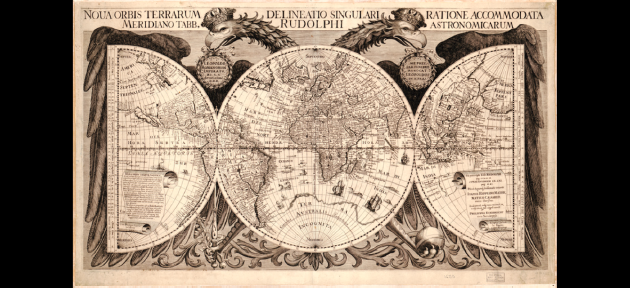Module 1: Understanding the Past
Section outline
-

What is history? Is it simply a record of things people have done? Is it what writer Maya Angelou suggested—a way to meet the pain of the past and overcome it? Or is it, as Winston Churchill said, a chronicle by the victors, an interpretation by those who write it? History is all this and more. Above all else, it is a path to knowing why we are the way we are—all our greatness, all our faults—and therefore a means for us to understand ourselves and change for the better.But history serves this function only if it is a true reflection of the past. It cannot be a way to mask the darker parts of human nature, nor a way to justify acts of previous generations. It is the historian’s task to paint as clear a picture as sources will allow.
Will history ever be a perfect telling of the human tale? No. There are voices we may never hear. Yet each new history book written and each new source uncovered reveal an ever more precise record of events around the world. You are about to take a journey into human history.
This seventeenth-century projection map of the world, prepared by cartographer Philip Eckebrecht for the noted German astronomer Johannes Kepler, gives a sense of the breadth of territory this text will cover. As we see later in this chapter, maps often reflect the maker’s perception of geographical realities.
(credit: The Whole World. Modification of work “A Modern Depiction of the World” by Library of Congress/Wikimedia Commons, Public Domain)
Upon completion of this module, you will be able to:
- Identify the role history plays in higher education and how its study build skills for lifelong learning and success
- Summarize the historical development of the term “Western Civilization”
- Identify, analyze, and interpret different types of primary sources
- Describe causation as it is used in the study of history
To achieve these objectives:
- Read the Module 1 Introduction.
- Read Chapter 1 in Western Civilization II.
- Complete the assessments and discussion questions below.
Module Pressbooks Resources and Activities
You will find the following resources and activities in this module at the Pressbooks website. Click on the links below to access or complete each item.
-
Opened: Thursday, June 27, 2024, 12:00 AMDue: Thursday, July 4, 2024, 12:00 AM
Background Colour
Font Face
Font Kerning
Font Size
Image Visibility
Letter Spacing
Line Height
Link Highlight
Text Colour
